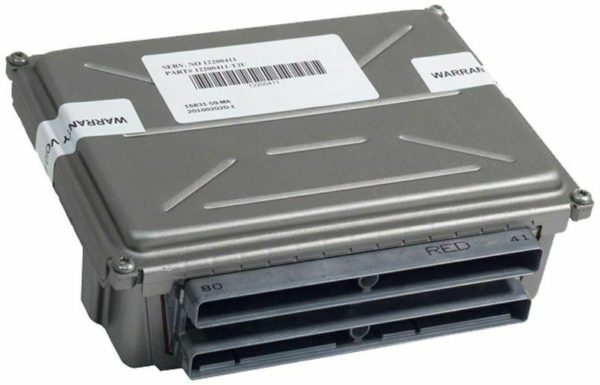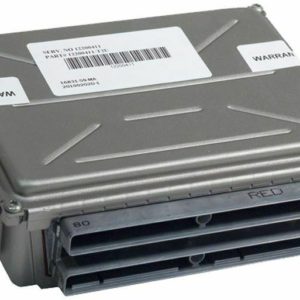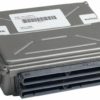Is Your GM Truck or SUV Acting Up? Get Back on the Road with Confidence.
If you’re dealing with a frustrating check engine light, poor fuel economy, intermittent stalling, or a no-start condition, a failing Powertrain Control Module (PCM) is often the culprit. As the central computer for your engine, its health is critical. This isn’t just a replacement part; it’s a complete, reliable solution designed to restore your vehicle’s performance and get you driving worry-free again. We take the guesswork and dealer hassle out of the equation.
The Smart Solution: Pre-Programmed & Ready to Install
Forget about towing your truck to a dealership and paying high fees for programming. We handle the critical software step for you. When you purchase this PCM, we will flash it with the very latest vehicle-specific software from General Motors using the VIN you provide. This ensures that all factory performance parameters, shift points, and fuel strategies are perfectly matched to your exact vehicle configuration. It arrives at your door ready for a straightforward installation.
Expert Pro Tip: Protect Your New Investment
From my 20+ years in the shop, I can tell you that the #1 killer of these PCMs is moisture and corrosion from a leaking battery. They are typically mounted right below the battery tray. Before installing your new module, take 10 minutes to remove the battery and its tray. Thoroughly inspect the tray for cracks and clean the area of any old battery acid residue with a baking soda and water solution. A sound battery tray is cheap insurance for your new PCM.
Common Symptoms of a Failing 2003-2007 Sierra 2500 PCM
A faulty PCM can manifest in numerous ways, often mimicking other component failures. I’ve seen hundreds of these trucks in my bay over the years. Here are the most common signs that point directly to the PCM:
- ✔ Persistent Check Engine Light (CEL) with communication error codes (like U-codes).
- ✔ Engine cranks but refuses to start.
- ✔ Unexplained drops in fuel efficiency.
- ✔ Harsh or erratic automatic transmission shifting.
- ✔ The engine stalls unexpectedly, either at idle or while driving.
- ✔ Communication failure with your OBDII scan tool.
Plug-and-Play Installation: No Dealer Visit Required
You can perform this replacement right in your driveway with basic hand tools. Follow these steps for a successful installation:
- Safety First: Disconnect the negative terminal from your vehicle’s battery and secure it away from the post.
- Locate the PCM: On most of these GM trucks and SUVs, the PCM is located in the engine bay on the driver’s side, typically under or near the battery and airbox.
- Disconnect the Harnesses: Carefully release the locking tabs on the electrical connectors and pull them straight out from the module. Never pry or force them. Inspect the connector pins for any corrosion or damage.
- Remove the Old Module: Unbolt the mounting bracket holding the old PCM in place and remove it from the vehicle.
- Install the New PCM: Mount your new, pre-programmed PCM in the same location and secure it with the original hardware.
- Reconnect Everything: Firmly plug the electrical harnesses back into the new module until they click into place. Reconnect your negative battery terminal.
- Perform Security Relearn (If Necessary): In most cases, the vehicle will start and run perfectly. Some vehicles may require a simple security relearn procedure, which typically involves turning the key to the ‘ON’ position for 10-15 minutes. Instructions are readily available online for your specific model.
This module is a direct replacement for several service part numbers, ensuring wide compatibility. Please verify your part number against this list: 89017750, 12582605, 12589463, 12602802, 89017734, 28042802. By providing your VIN, you guarantee a perfect software match and a hassle-free repair.


